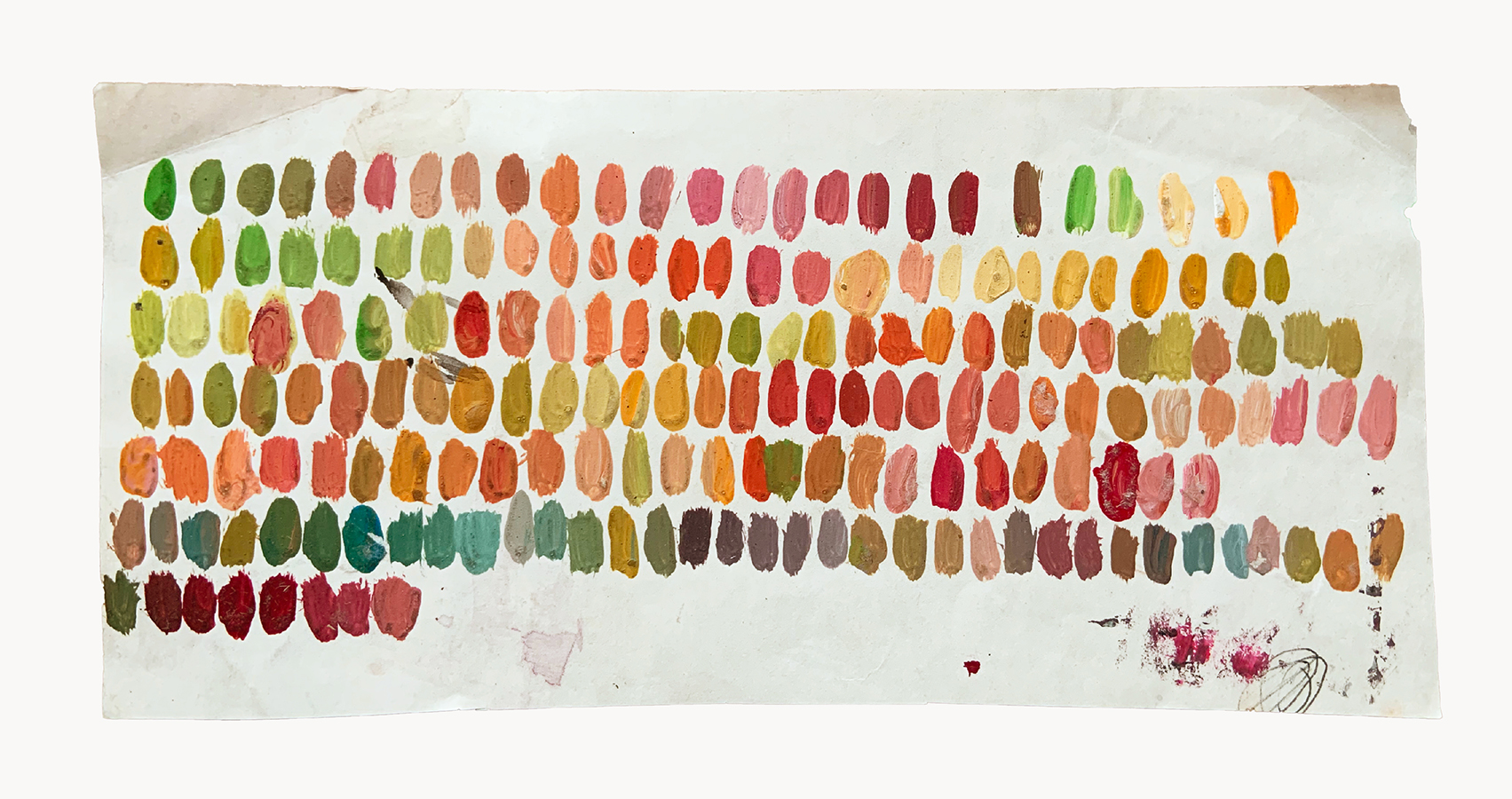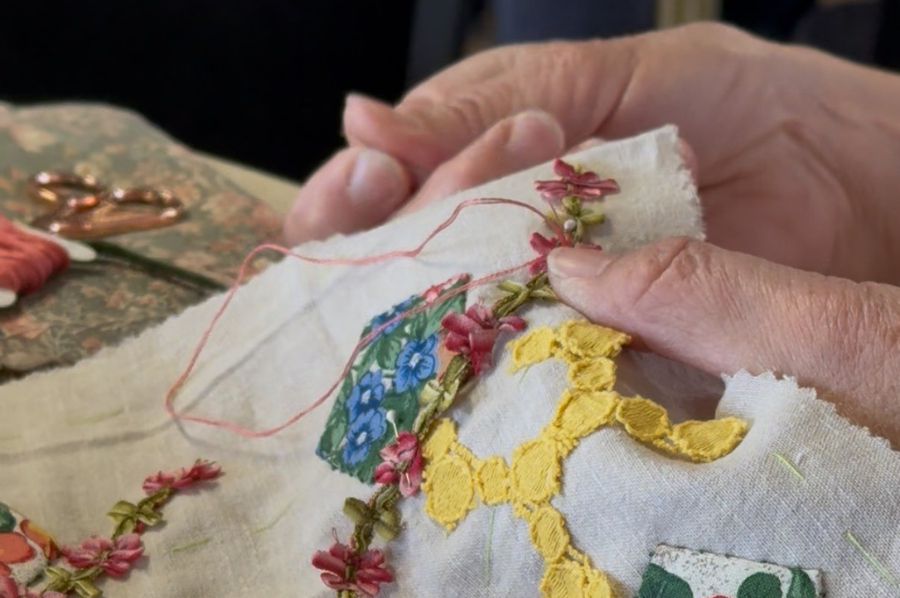Visual artist Lynette Fisher (Te Puna) made the finals of this year’s Parkin Drawing Prize. The Parkin Prize is valued at $25,000 and is Aotearoa New Zealand’s premier award for drawing. It’s a national award and an annual exhibition held at the New Zealand Academy of Fine Arts. Each year the winning entry will be purchased and added to a unique collection of drawings by New Zealand artists.
We sat down with Lynette to discuss why arts awards are important, and the meaning behind her submission.
Congratulations on being a finalist in the Parkin Drawing Prize! Why do you think it’s important for artists to enter awards like this?
Thanks! Firstly, your work gets seen by all types of different people from outside of your region. They’re museum directors, collectors, sponsors and stakeholders in the arts.
The main judge for the Parkin Drawing Prize was the Director of Auckland Art Gallery Toi o Tamaki, Kirsten Lacey. She and three other judges have now seen my work in great detail. And it’s all about building connections. The more people you know, the more potential work and opportunities to exhibit you may get. I don’t enter thinking, “I’m gonna win this”, but it’s fantastic to be shortlisted.
When I took the role of coordinator at Molly Morpeth Canaday Award, I thought, “Will this change my perception of arts awards?” But no, I think they’re amazing.
Tell us about the artwork that you entered.
My dad has all my student art in an old-school folio case. I told him, “Don’t chuck it out, I’ll have a look.” I brought it home, opened it up and found this exercise that I had to do in fourth form. It was 1985. We had to do a self portrait, and every time you used a colour, you had to swatch that colour on a separate piece of paper. The page of swatches had to be submitted with your self portrait. I remember doing it; and how hard it was because you had to mix up skin tones using student-grade acrylic. When I found it I thought “That’s so cool, I might frame that” but then the Parkin came up. The Parkin’s has been quite a controversial award; Kirsty Lillico’s carpet piece won it once, for example. There are also rules (just as there are with MMCA) that your work must have been completed within the last year. So, just before I framed it, I mixed the skin tone I use now in 2023 and put it on there. Conceptually, it has been completed by its discovery. I did a full disclosure with my artist statement, that it was started in 1985, and completed in 2023.

Tell us about your current artwork style.
My latest series of work is centered around nostalgia, language, understood codes and communication using images of daisy chains and buttercups. I have made up my own shorthand using a mixture of ‘text speak’ and morse code, and the works are from snippets of conversations, poems and passages of books.
I’ve also got folders full of turn of the century photographs of poor Irish kids sitting on doorsteps and playing in the street. They were made by street photographers at the time and you can see these kids had been through so much. I blow the images up, crop them, take people in and out and put them in my larger work. That body of work was about taking those kid’s stories, recontextualising them and giving them back their voice.
I am aware that copyright law states that if you’re going to reproduce a photograph, you have to wait for a certain time after the artist dies. You can ask their estate if you can use the image and they often say no, but sometimes they say yes.
There’s also a legitimate art practice called appropriation, but it can be a grey area. I have had people say it’s unethical to use photos I haven’t taken myself, but I compare it to sampling in music. I was adopted, so I was taken out of my own story and recontextualised as well. There will always be people who don’t like what you make, or don’t understand what you’re doing, but that’s what art is supposed to do – tell interesting and often challenging stories.
The Molly Morpeth Canaday Award is open for application. Click here to find out more.






